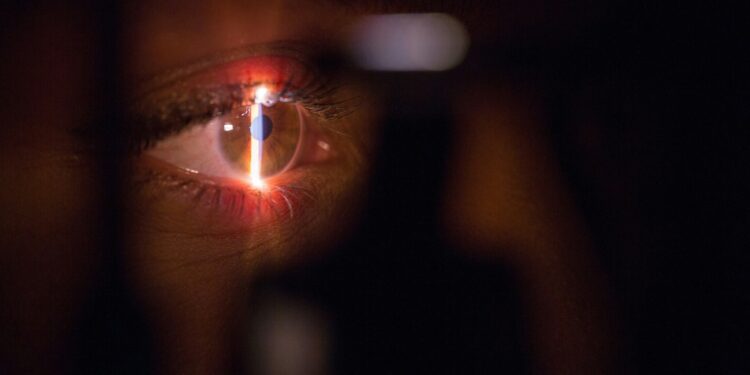It’s a miracle breakthrough.
A groundbreaking experimental stem cell treatment has shown promise in repairing severe corneal injuries, according to a new study. The cornea, which is the clear outer layer of the eye, can suffer irreversible damage if its ability to regenerate cells is compromised by injury or disease. However, researchers have developed a method to use stem cells from a healthy eye to regenerate the cornea in the damaged eye, offering new hope for patients with previously untreatable conditions.
This experimental treatment, known as cultivated autologous limbal epithelial cells (CALEC), has been tested in an early clinical trial involving 14 patients. The results, published on March 4 in Nature Communications, demonstrated the procedure’s feasibility and safety over an 18-month follow-up period. The initial trial showed that CALEC was more than 90% effective in restoring the cornea’s surface, offering significant improvements for patients who had previously been considered untreatable.
The technique involves harvesting stem cells from the healthy eye’s limbus, which is the outer border of the cornea, where limbal epithelial cells continuously renew the cornea. When the cornea is damaged, these cells can be depleted, leading to a condition known as limbal stem cell deficiency. This damage can prevent further regeneration, making the eye unsuitable for corneal transplant surgery. CALEC provides a solution by growing the harvested stem cells into a tissue graft, which is then transplanted into the damaged eye, enabling it to regenerate.
The study’s results were promising, with half of the patients experiencing complete restoration of the cornea within three months, and nearly 80% achieving improvement after 18 months. The overall success rate, including those with partial recovery, was around 90%. Importantly, there were no serious adverse events related to the procedure, indicating its safety.
Although the procedure is still in the experimental stage, researchers are optimistic about its potential. They plan to conduct further trials before seeking approval from the U.S. Food and Drug Administration (FDA). Additionally, future refinements to the technique may allow for stem cells to be sourced from deceased donors, potentially enabling the treatment of patients with damage to both eyes.

































Discussion about this post